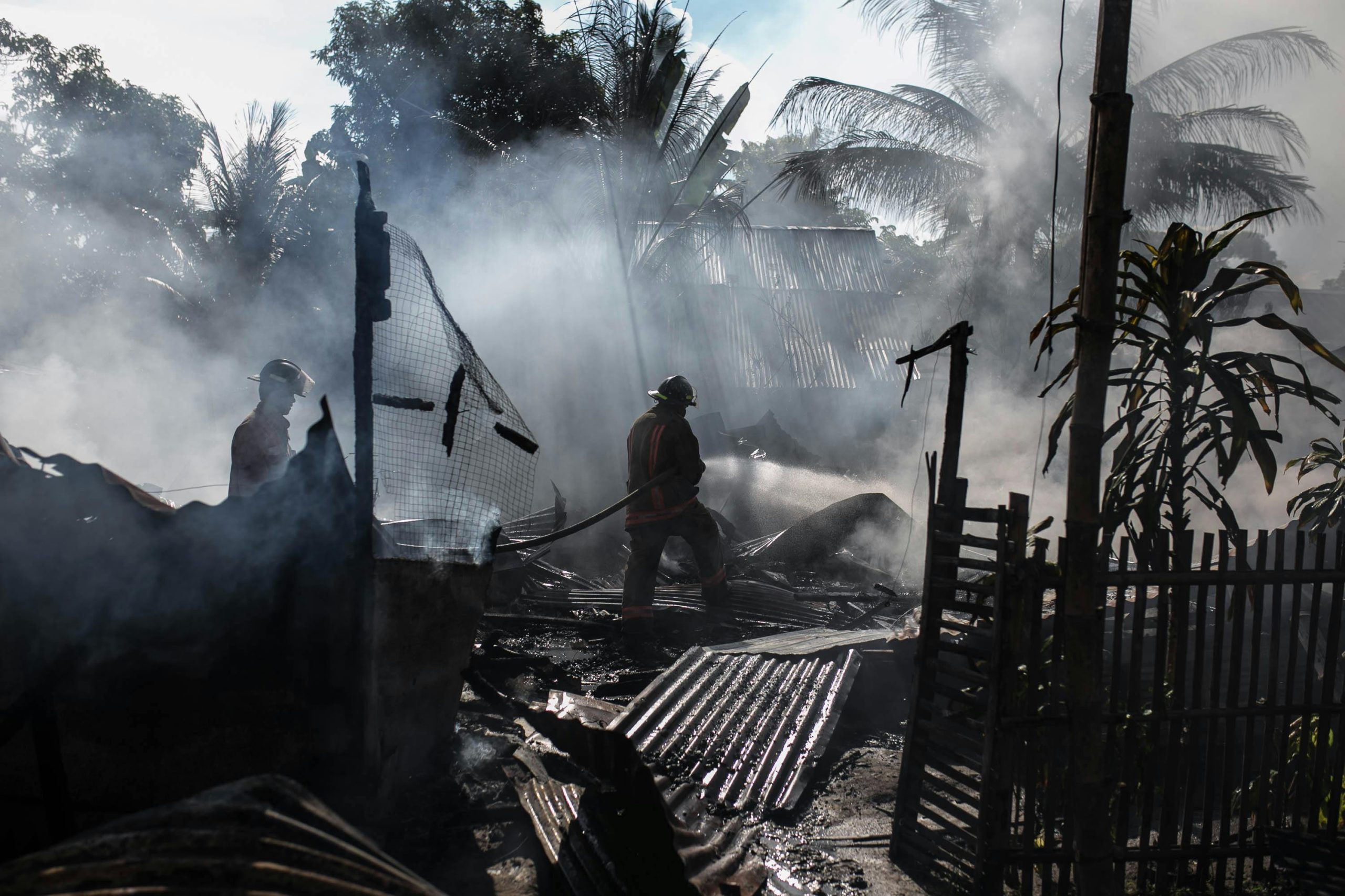Concerns About Repair Quality and Functionality
I’m located in Indiana and chose a top-tier repair service using all original equipment (OE) parts for my two-year-old car with relatively low mileage, which is why it wasn’t declared a total loss. The majority of the left side was repaired, but I’m experiencing some issues with the quality of the work.
I’ve been in contact with both the insurance company and the repair shop to address several ongoing problems related to the repairs. So far, the shop has resolved issues such as a vibrating driver’s side mirror, wind noise from the weather stripping, failure to use new fender insulation (which was still visibly damaged), and the reinstallation of all weather plugs in the frame.
However, the driver’s side door, which was completely replaced, does not latch correctly and is causing denting over time. While they agreed to fix the latching mechanism, I anticipate there may be resistance when it comes to addressing the dents.
With the colder weather, I’ve noticed cold air seeping in through the driver’s door, suggesting they may have overlooked insulation. Unfortunately, as temperatures are rising now, I’ve been met with responses such as “Can’t verify customer complaint.”
Additionally, the left-side speakers are producing subpar sound quality (they sound somewhat blown) compared to before the accident and repairs.
The shop reused undamaged plastics from the old doors, but the paint blending is noticeably off. The car is supposed to be a flat red, yet the new paint is darker than the original. They did blend one quarter panel, but all reused plastics and the bumper covers received no blending. I’ve been informed that insurance won’t cover blending for those parts.
Furthermore, the car was returned with significant swirling on the new paint. I’m concerned about the quality of the clear coat and whether there will be enough to properly detail and remove the swirling.
Legally, what should I expect in terms of functional and quality standards for the repairs? Are there issues I should pursue more aggressively or simply let go?
I’m trying to understand my options and set realistic expectations. My ultimate goal is to have my car restored to its pre-accident condition, but I recognize that may not be feasible.




It sounds like you’re having a frustrating experience with your car repairs, especially after investing in high-quality work. While your desire to have your car returned to its original condition is completely valid, it’s important to understand the legal and practical expectations for repairs in Indiana.
Quality of Repairs: Under Indiana law, repairs must be performed in a workmanlike manner, which includes using quality parts and ensuring that the vehicle is safe and operational. The fact that you opted for OE parts supports your expectation for high-quality repairs. However, the issues you’re experiencing post-repair may indicate that the shop did not meet this standard.
Document Everything: Keep a detailed record of all the issues you’ve encountered, including dates, communications with the repair shop and insurance, and photos of visible problems (like paint blending and denting). This documentation will be helpful in any discussions or negotiations with the repair shop or your insurance company.
Push for Complete Resolution: You should definitely advocate for the repairs to be done correctly. For the door latching issue and insulation concerns, communicate clearly with the repair shop about the functional expectations. They should be willing to address these issues, especially since they’ve already made repairs for other items.
Paint and Cosmetic Issues: While blending paint on reused plastics may not be covered by insurance, that doesn’t mean you should accept subpar results. Express your concerns about the mismatch and the quality of the paint job—especially if the swirling on the surface could indicate issues with the clear coat. Consider seeking a second opinion from another reputable shop regarding potential corrective measures.
Legal Options: If the repair shop continues to be uncooperative, you may want to consider involving legal counsel or the Indiana Attorney General’s office, especially if you believe that the work was not performed to an acceptable standard or in a timely manner.
Abandoning Items: It’s typically best to push for everything that affects the functionality and cosmetic integrity of your car, while keeping in mind that some cosmetic issues might be more difficult to rectify. Prioritize functional repairs and those that affect your driving experience before addressing purely cosmetic concerns.
Ultimately, while it may not be realistic to expect your car to be exactly as it was before the accident, you deserve to have it restored to a safe and functional state. Don’t hesitate to be persistent in seeking the quality of repairs you were promised. Good luck!